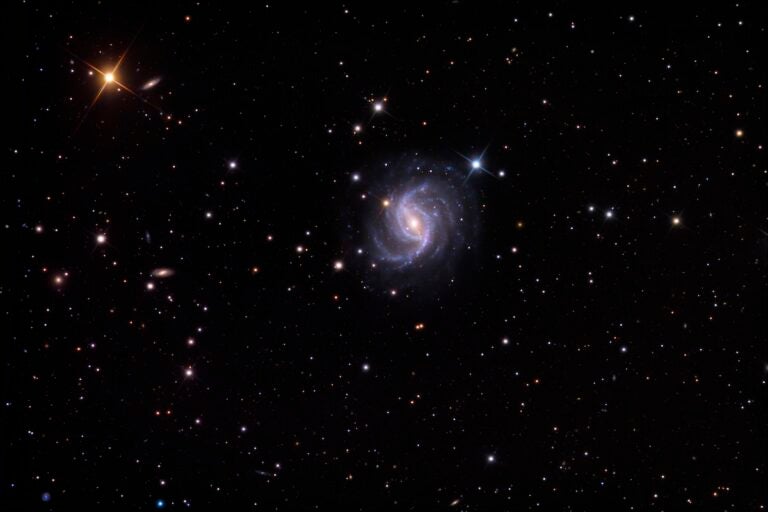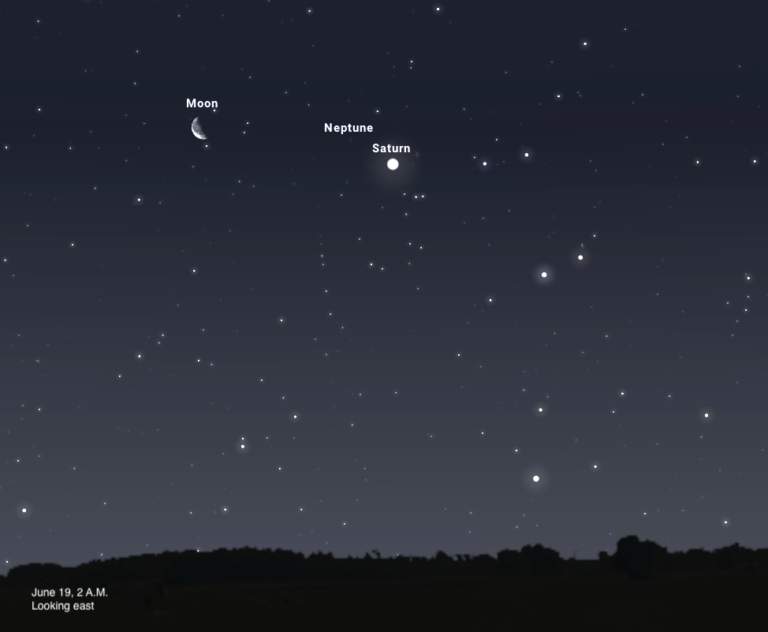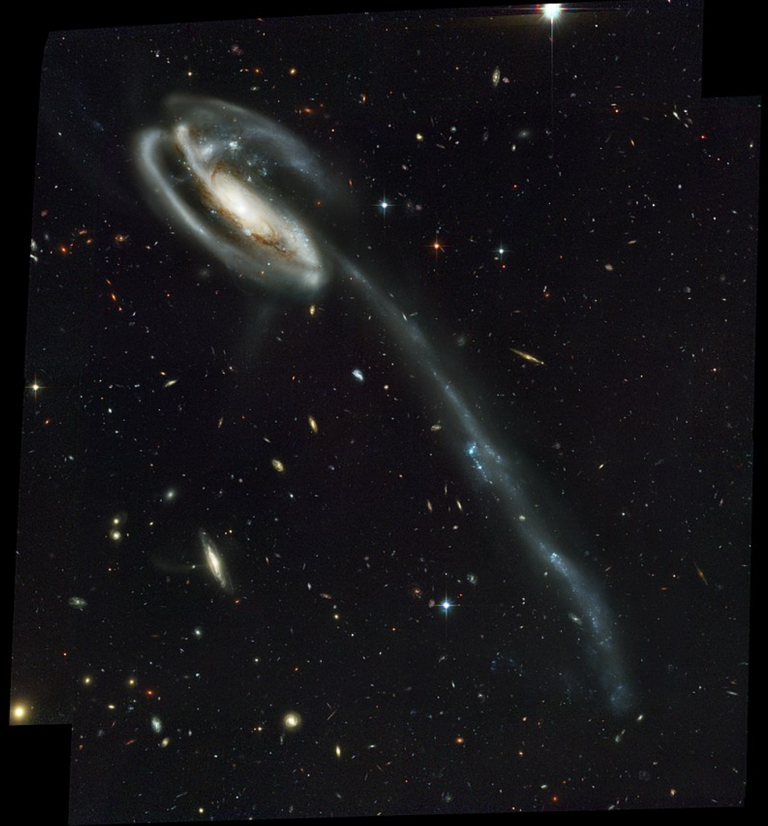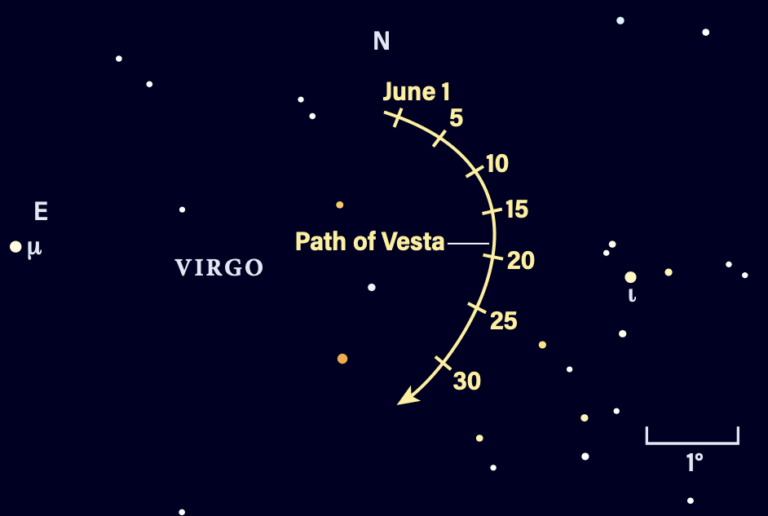Satellites broadcasting TV signals are located about 22,240 miles (35,800 kilometers) above sea level in geostationary Earth orbits (GEO). Positioned above Earth’s equator, geostationary satellites complete one revolution in exactly a day, so they seem to hover over the same longitude. You’ll always receive your TV signal because the satellite never disappears
below your horizon.
Mid-Earth orbit (MEO) is one in which a satellite completes a single revolution every 12 hours. MEO satellites orbit at altitudes around 12,700 miles (20,400 km). Global Positioning System (GPS) satellites populate this region.
Satellites in low-Earth orbit (LEO) have altitudes lower than 3,650 miles (5,900 km) above sea level. These satellites move quickly, taking less than 4 hours to complete an orbit. Well-known objects in LEO include the Hubble Space Telescope (altitude 380 miles [610 km]) and the International Space Station, which orbits 245 miles (400 km) up.
Satellites for observing Earth use a special orbit referred to as a Sun-synchronous LEO. The properties of these orbits enable a satellite to view Earth with the Sun in exactly the same position day after day. Satellites like NASA’s Landsat series monitor environmental changes — for example, vegetation growth. For these observations to be meaningful, each image must have the same illumination. Such orbits are also great for surveillance satellites, as one can select lighting conditions best suited for a given target.
You can see Earth-orbiting satellites if they’re above your horizon when the Sun is below it. Hundreds of miles up, a satellite can be in sunlight for a couple of hours after sunset (or before sunrise) as seen from the ground. Other important factors affect a satellite’s visibility, such as its size and how close it passes to your location.
Unfortunately, satellite orbits change with time, and this means the mathematics needed to determine when you can see a given satellite goes far beyond simple geometry. You’ll need a computer to calculate which satellites are potentially visible from your location on a given day. QuickSat is one of many programs available for this purpose. Web-based applications like Heavens Above Heavens Above or NASA’s J-Track will do the job as well.
— BILL COOKE, NASA/MARSHALL SPACE FLIGHT CENTER, HUNTSVILLE, ALABAMA









